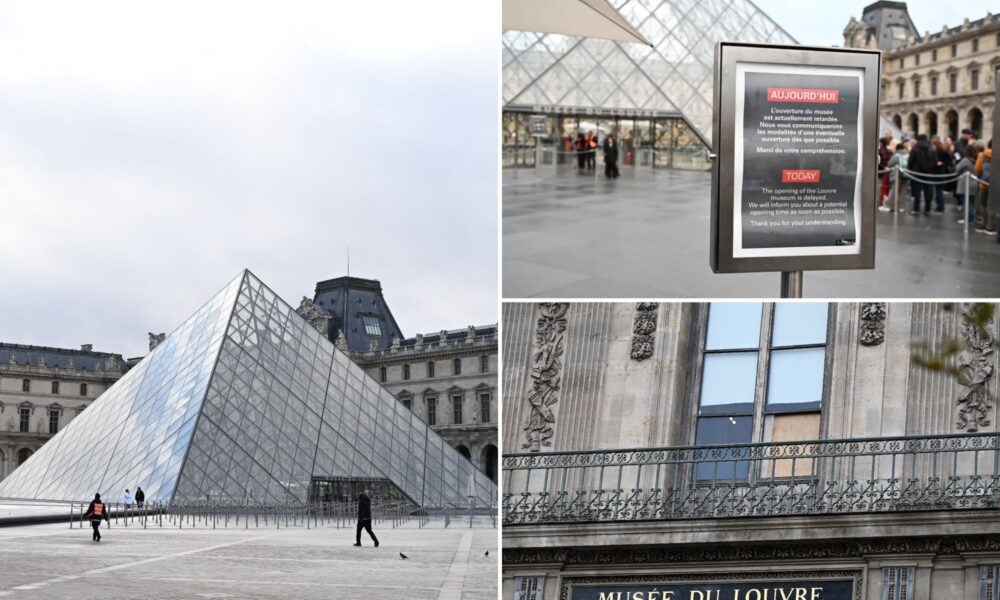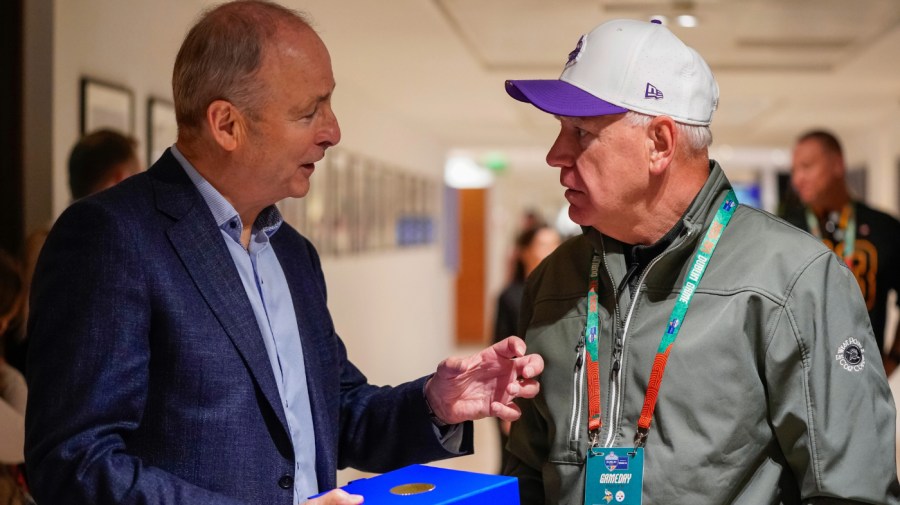The Louvre Museum remains closed for a second day following a brazen jewel heist that unfolded in broad daylight on March 10, 2024. Thieves executed a meticulously planned operation, stealing historic jewels valued at millions of euros, prompting French authorities to reevaluate security across cultural institutions nationwide.
Visitors queued in front of the museum’s iconic glass pyramid on Monday, only to be turned away by staff. The Louvre announced via social media that it would refund all ticket holders for the day, but offered no further details regarding the incident.
The theft occurred shortly after the museum opened, around 10:30 a.m., with guests already inside. According to officials, the thieves ascended the museum’s facade using a basket lift, forced a window, smashed display cases, and made their escape within minutes. The robbery took place just 250 meters from the Mona Lisa, marking one of the most high-profile thefts of its kind in recent memory.
Culture Minister Rachida Dati described the operation as highly professional, lasting less than eight minutes in total, with less than four minutes spent inside the museum. She noted that the thieves demonstrated prior knowledge of the layout, going directly for the display windows containing the prized items.
French Justice Minister Gérald Darmanin acknowledged security failures during an interview on France Inter radio. He raised concerns about unsecured windows and the accessibility of the basket lift, stating, “One can wonder about the fact that, for example, the windows hadn’t been secured.” He emphasized the challenges of securing all cultural sites but admitted that improvements were necessary.
In response to the theft, Interior Minister Laurent Nunez has ordered local prefects to immediately reassess security measures for museums and cultural sites across France, enhancing protections where needed. Minister Dati confirmed that investigators are analyzing evidence collected at the scene. “We did find motorcycles, and they have a license plate,” she revealed during a news conference.
Dati also commended the security officers who intervened during the incident, preventing one of the suspects from setting the basket lift ablaze, which allowed for the recovery of crucial evidence.
The targeted jewels were on display in the Apollo Gallery, including a sapphire diadem, a necklace, and an earring set linked to 19th-century French queens Marie-Amélie and Hortense. Other items stolen include an emerald necklace and earrings from Empress Marie-Louise, Napoleon Bonaparte’s second wife, and a diadem belonging to Empress Eugénie, which contains over 1,300 diamonds. Notably, one object, the emerald-set imperial crown of Empress Eugénie, was later discovered outside the museum.
The Louvre’s 700-million-euro ($760-million) “New Renaissance” project, aimed at modernizing the museum’s infrastructure and enhancing security, was launched earlier this year. Minister Dati emphasized the need for such improvements, stating, “When the Louvre Museum was designed, it was not meant to accommodate 10 million visitors.”
As investigations continue, the incident raises serious questions about the security protocols in place at one of the world’s most visited cultural landmarks. The public and officials alike await further developments as the Louvre seeks to restore both its reputation and its security measures.







